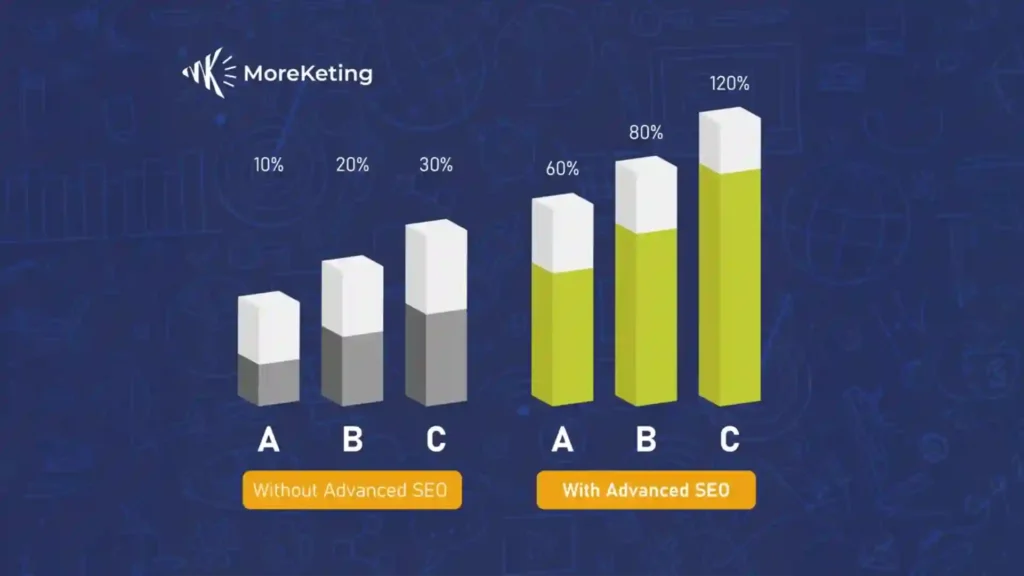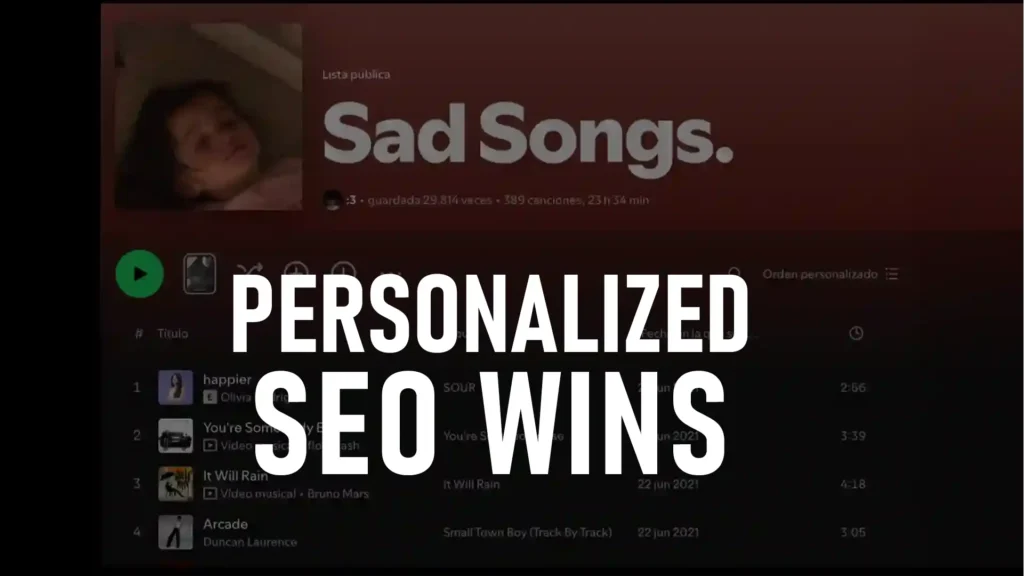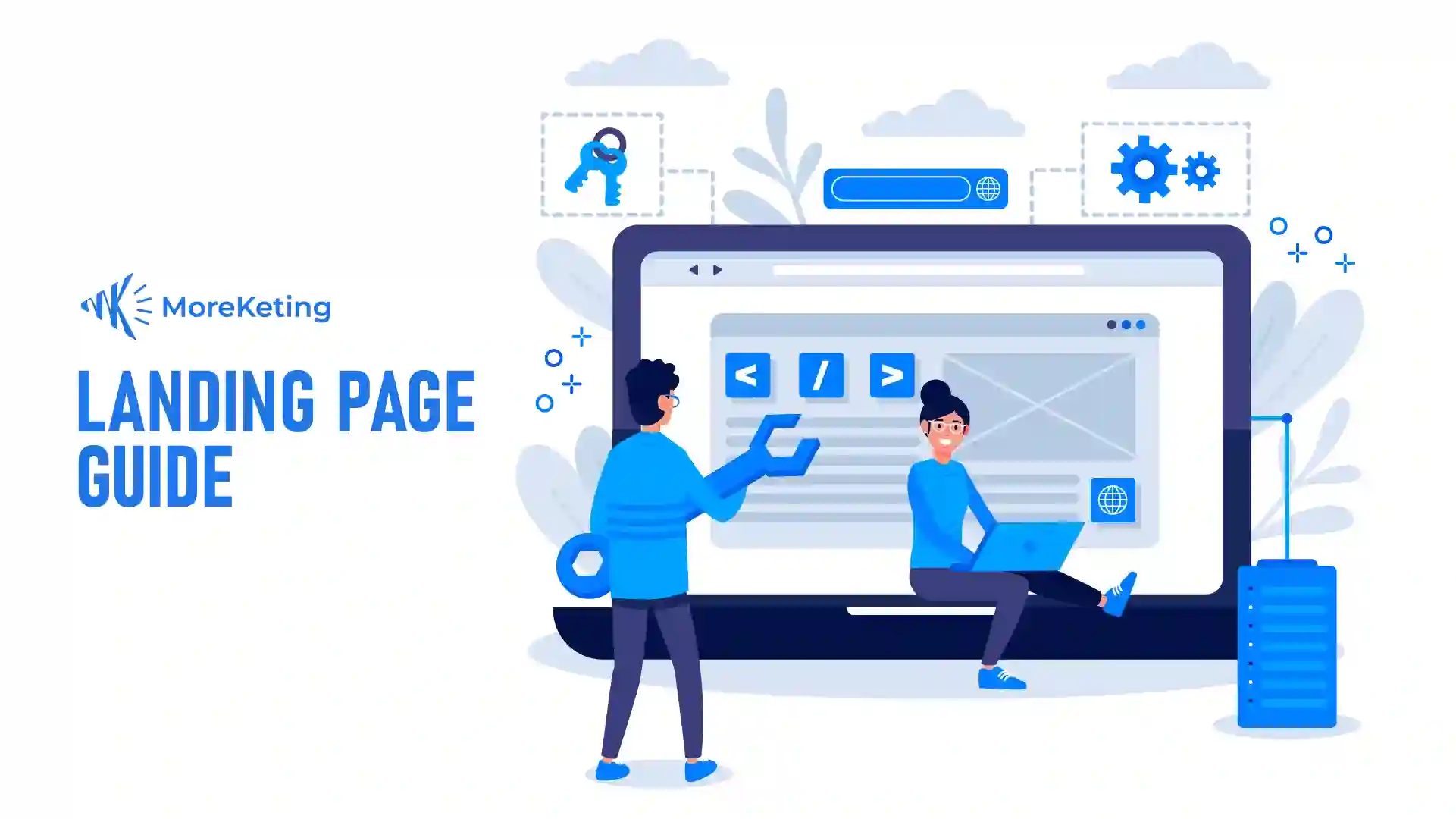SEO in 2025 isn’t optional—it’s survival. Here are the must-know SEO Statistics 2025 that separate winners from those stuck on page 10 of Google!
With constant algorithm updates, AI-driven search enhancements, and evolving user behavior, staying updated with SEO statistics 2025, top SEO trends 2025, and AI SEO statistics 2025 is not just beneficial; it’s necessary for survival. Whether you’re a business owner, marketer, or SEO specialist, these 10 crucial SEO statistics 2025 you can’t ignore will help you understand where the industry is headed and how to optimize your strategies accordingly.
1. 75% of users never scroll past the first page of Google
Search visibility is more challenging than ever, according to Ahrefs. Research has shown that 75% of all users never scroll past the first page of Results in Search Engines (SERP), so unless your site is on the first page for its keyword, it will be invisible to ¾ of potential visitors.
This stat is a clear reason why keyword research, search intent and AI overviews are, in fact, not optional but necessary for digital growth in Seo statistics 2025.
How to Improve Your Rankings
- Create and publish high-quality content that’s relevant to target keywords and semantic search queries.
- Boost on-page SEO with targeted Title Tags, Meta Descriptions, and Schema Markup.
- Get quality backlinks that boost trust and credibility.
- Make their time more enjoyable by making it easier to navigate, loading faster, and being mobile-friendly with lower bounce rates.
2. Voice search is on the rise — but not to 50% yet

The majority of these 2025 predictions at the beginning of the year expect explosive growth for voice search, but the verified data of Invoca indicates that only ~20-21% of people use voice search as part of their routine searching worldwide.
→ So “50% of all queries” may be an overestimate at present.
How to Optimize for Voice Search? Here are some checks and tweaks you can make to your website.
- Use natural-sounding, long-tail keywords and questions (who, how, where, why).
- Focus on local SEO: the majority of voice queries are local.
- Organize content with brief responses in initial 1-2 sentences, and longer explanations after that.
Pro Tip: Listen in to what people in your target area are actually saying to their assistants (forums, chat logs etc) and create a “voice query bank” that fuels your content calendar.
3. AI-powered search rewrites 40% of queries before serving results
Generative search is rewriting the rules of SEO. Google’s AI Overviews and other tools will often rephrase or broaden user queries before displaying results. This means that nearly half of all those searches are being re-written by AI before any human ever sees the SERP. You’re not just ranking for the keyword that someone typed in! You are ranking for the AI’s interpretation of that intent.
Pro Tip: Cluster semantically related keywords. Add synonyms, variants and contextual answers to write better questions. That way, even if AI rewrites the question, your content is still seen as helpful.
4. Local SEO drives 46% of all Google searches
Nearly half of Google searches are local. That and near me queries, maps, as well as local pack results take precedence when users are looking for services in their area. How to boost your local SEO?
- Make sure your Google Business Profile is well-optimized with new hours, photos and posts.
- Gather customer feedback and respond to it, demonstrating engagement.
- Include geographic keywords in your content, like names of neighborhoods, districts or cities.
Pro Tip: Make up ‘local’ story content. For instance, a Denver-based roof company might post a case study titled “Protecting the Homes in the Rocky Mountains During Storm Season.” It introduces trust, all in the perfect context of local search intent.

5. 55% of users trust brands more when they see content updated in the last 6 months
When considering the quality of online content, it is important to recognize that relevance is not the only aspect that contributes to its overall value; the freshness of the content also plays a significant role.
Freshness is closely associated with trust, as many users expect information to be current and accurate. Before they make a decision to click on a link or complete a purchase, they often take the time to look for the “last updated” date on the page. This small detail can significantly influence their perception of the content and their willingness to engage further.
How to stay fresh?
- Refresh your blogs with new statistics, new examples or freshened-up images every six months.
- Put a “last updated” label on it so visitors know the content is current.
- Re-post evergreen content on social media to give it a second life.
6. Mobile first indexing is the standard
More than sixty percent of the traffic to websites now comes from mobile devices, which means that a significant number of people are browsing the internet on their phones and tablets. Additionally, it is important to note that Google prioritizes the mobile version of your website when it comes to indexing.
This means that if your website does not function smoothly or is difficult to navigate on a mobile device, you could end up not just disappointing users who are trying to access your content but also experiencing a drop in your search engine rankings.
Mobile optimization tips
- Use responsive design that adapts to any device.
- Compress images and scripts to load pages in under three seconds.
- Keep navigation thumb friendly with clear calls to action.
7. 70% of users click away if a page takes longer than 3 seconds on mobile
Here’s a scary thought: Did you know nearly 70% of users will opt to bounce from your website if it takes longer than three seconds to load on their mobile phones?
This information indicates the significance of speed in UX: the quicker pages load, the better user retention and satisfaction.
How to improve website speed?
- Use lazy loading for images and videos to load content only when needed.
- Enable caching to store static content on visitors’ devices for faster access.
- Preload important resources to prepare essential elements in advance.
Implementing these strategies can improve loading times and user experience.
8. Featured snippets capture outsized visibility
Featured snippet (position zero) can give a massive boost to your CTR. They appear above standard results and present a simple, short response to a straightforward query.
How to win snippets?
- Clearly answer the prompt in your first two sentences.
- Subheads should be in H2 or preceded by an H3, set as questions.
- Structure lists while you can.
Pro Tip: Check the pages where you already rank between positions two and five. These are your easiest wins. Reverse engineer the competitor who owns the snippet and rewrite your own answer to beat them.
9. Brands using advanced SEO strategies see 3x more conversions

Companies that actively choose to invest in advanced (SEO) tactics are increasingly creating a larger gap between themselves and their competitors in the marketplace. These businesses are benefiting from achieving higher rankings in search engine results, which directly translates to receiving better traffic to their websites.
As a result of these improved rankings and increased visitors, they are also experiencing significantly higher conversion rates, leading to more sales and growth opportunities. search engine optimization.
What advanced SEO strategies look like?
- Conduct full technical audits to eliminate crawl errors and broken links.
- Combine SEO with CRO by testing layouts, calls to action, and messaging.
- Use heatmaps and session recordings to refine your user experience.
- When you treat SEO as an ongoing investment instead of a one-time fix, you build a flywheel of traffic and conversions that compound over time.
10. 81% of consumers ignore irrelevant marketing messages — personalized SEO wins
It’s not just the ads or emails; now, personalization is driving SEO. If 81% of people dismiss irrelevant messages, why should search get a different consideration? Google’s algorithm hit hard with the idea of returning results that appear to be hyper-relevant to the user.
Which means your SEO strategy has to be developed around user intent and personalization. Why does this matter? For SEO Generic, generalized content just doesn’t rank anymore. Search engines reward the right style of content that speaks to a user’s actual query, pain point and context.
Personalized SEO is segmenting by audience and intent: the beginner’s level blogpost, the expert on this topic guide, and also location-specific content for local users. Even AI-driven search features (such as Google’s AI Overviews) are aimed at bringing attention to content that comes across as most relevant, most personalized and trustworthy.
Real-life SEO example
Just imagine how Spotify controls the search for playlists. Rather than purely optimizing for “workout playlist,” they get content and landing pages live for ultra-specific intents: “90s workout playlist,” “focus music for studying,” “happy hits.” This customization in keywording not only will rank them higher, but it will keep users coming back because the results are “just for them”.
Pro tip: Audit your top-ranking content and see if it’s too general. If it is, split it into personalized variants targeting different intents (e.g., “Best CRM tools for small businesses” vs. “Best CRM tools for enterprise”). You’ll cover more SERP real estate and make your brand feel like it “gets” the customer.

Don’t Panic, SEO Will Keep Changing
SEO is constantly evolving. With the introduction of AI features, new search algorithms and user behaviors, it’s going to start feeling daunting. But here’s the good news: with a well-informed strategy underpinned by data and user intent, you won’t find yourself rewriting your strategy every week. Concentrate on consistency and wise adjustment, play around with those, and eventually it should all pay off for you.
Here’s a recommended MoreKeting SEO roadmap to follow:
- Audit your site: Scan for dead links, slow pages and technical holes that can ding rankings.
- Check your meta data: Ensure that titles, meta descriptions, alt tags and structured data are completed and optimized.
- Run keyword research: Find opportunities and gaps where your content will beat that of the competition.
- Start optimizing key pages: Start with homepage and service pages, then tackle blog posts.
- Create a content calendar: Get ready to be consistent by posting either two blogs per week or one blog and an update of a service page.
- Monitor analytics: Update Google Search Console and Google Analytics routinely to check how well (or otherwise) it’s working.
- Understand where you’re falling: Find poor performing, high bounce or missed keyword target pages and optimize them.
- Give your SEO plan time: Carry out and abide by the plan for a minimum of four months. SEO success takes time, but patience brings reward.
- Enjoy the process: Don’t focus only on rankings. Celebrate all those little gains in UX, engagement and branding.
- Audit once more and see trends: After five months, review performance and adjust for upcoming trends or seasonal shifts. For example, at MoreKeting, we developed a seasonal SEO strategy for pool heater services for Amenity Pool Services, taking into account that winter is coming and people are searching for amenities solutions in advance.
By following this structured approach, you turn SEO from a guessing game into a repeatable, data-driven strategy. Remember, the key to SEO success isn’t chasing every new trend, it’s having a strategy that evolves intelligently with your audience and the search landscape.
FAQ's
1. Why is ranking on the first page of Google so crucial in 2025?
Ranking on the first page of Google is critical because 75% of users never scroll past page one. Search visibility in the SERP determines whether potential customers even see your website.
Optimizing for search intent, AI-driven query analysis, and semantic keyword clusters ensures your content is visible, relevant, and competitive.
2. What role does content freshness play in SEO and user trust?
Content freshness impacts both E-E-A-T signals and user engagement. 55% of users trust brands more when content is updated within the last six months.
3. Personalization impact on SEO and conversions?
Personalization is no longer reserved just for ads or email marketing; it’s a core SEO strategy. With 81% of shoppers ignoring irrelevant messages, search engines value content, which is in line with user intent and context, including location. For instance, Spotify performs well by focusing on extremely narrow playlists like “focus music for studying,” rather than broad queries.





